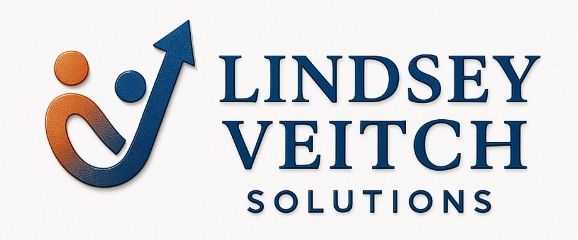Seven Common Misconceptions About Customer Support Optimization
Understanding Customer Support Optimization
Customer support optimization is often misunderstood, leading many businesses to miss out on its full potential. By debunking common myths, organizations can enhance their support systems and improve customer satisfaction. Let's explore some prevalent misconceptions surrounding customer support optimization.

Misconception 1: It's All About Technology
While technology plays a crucial role in optimizing customer support, it's not the only factor. Many assume that implementing the latest tools and software is enough. However, without a skilled team and effective processes, technology alone cannot deliver optimal results. Human expertise and strategic planning are equally important components.
Misconception 2: One-Size-Fits-All Solutions
Another common belief is that a single solution can address all customer support challenges. In reality, each business has unique needs and should tailor their strategies accordingly. Customizing your approach ensures that you can adequately meet the diverse requirements of your customer base.
The Role of Metrics in Optimization
Measuring success is often misunderstood in the realm of customer support optimization. Metrics are essential, but they should be used wisely to drive meaningful improvements rather than just ticking boxes.

Misconception 3: More Metrics Mean Better Insights
Many believe that tracking a large number of metrics will provide better insights. However, it's crucial to focus on the most relevant metrics that align with your business goals. Overloading on data can lead to analysis paralysis and divert attention from actionable insights.
Misconception 4: Speed is the Ultimate Goal
While quick responses are important, they shouldn't come at the expense of quality. Prioritizing speed over thoroughness can lead to unsatisfactory resolutions and frustrated customers. Balance is key—ensure that your team is equipped to handle inquiries efficiently while maintaining high standards of service.
Customer-Centric Approaches
The misconception that customer support optimization solely benefits the business often overlooks its potential to enhance the customer experience. A customer-centric approach can transform how support is perceived and delivered.

Misconception 5: It Doesn't Affect Customer Loyalty
Some businesses underestimate the impact that optimized support can have on customer loyalty. In reality, exceptional support experiences foster trust and encourage repeat business. Investing in optimization is an investment in long-term customer relationships.
Misconception 6: Automation Replaces Human Interaction
The rise of automation has led to fears that human interaction will be rendered obsolete. However, automation should complement—not replace—human efforts. Personalized interactions remain vital for addressing complex issues and building rapport with customers.
Long-Term Benefits
The final misconception is that customer support optimization only yields short-term benefits. In fact, its advantages extend well into the future, providing ongoing improvements to both operational efficiency and customer satisfaction.
Misconception 7: It's a One-Time Effort
Optimization is not a one-off project but an ongoing process. Continual assessment and adaptation are necessary to stay aligned with evolving customer expectations and technological advancements. Regular updates ensure sustained success in customer support optimization.
